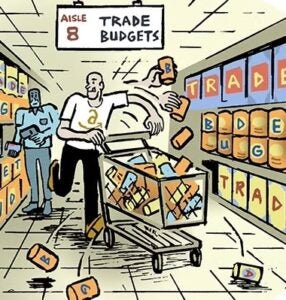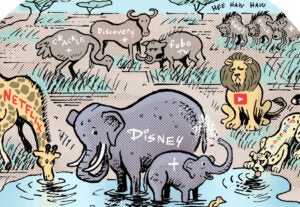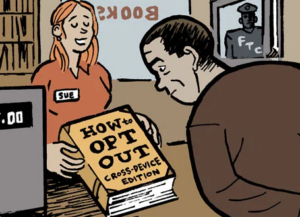 Say you’re an advertiser plunking down $5 million for 30 seconds of prime Super Bowl ad time. You’re going to want to make sure that campaign drives some sort of action online.
Say you’re an advertiser plunking down $5 million for 30 seconds of prime Super Bowl ad time. You’re going to want to make sure that campaign drives some sort of action online.
But between Facebook, Google and Twitter, how do you choose what to use?
According to a report released Monday, Google’s attribution engine, Adometry, measured 7.5 million incremental searches driven by TV spots during the game, a 40% jump from brand searches during last year’s Super Bowl.
Instant conversions or purchases are less important for these branding-oriented campaigns, as indicated by Adometry’s breakdown of what drove the most cross-screen interest. The six most popular campaigns (going by search strength on Google and YouTube) were either car commercials or movie trailers.
Meanwhile, Facebook’s “Sports Stadium” hub attempted to aggregate a live community of fans, thus providing a denser marketing audience. But Stadium struggled to keep up with the pace of the game and to generate a significant user base.
Twitter outpaced its would-be rival in live event commentary, but had a much more difficult time turning its audience into revenue.
“The Twitter budget is so small, I don’t even remember,” said Omer Shai, CMO of the web site creation company Wix, which ran a major Super Bowl campaign, in an interview with Bloomberg before the game.
If a brand wants to reach Facebook or Google audiences, they generally must go directly to Facebook or Google (YouTube influencers excepted). But the best course on Twitter is often through individual personalities on the platform, not through Twitter itself.
Just as the game was ending, for example, Broncos wide receiver Emmanuel Sanders tweeted out a sponsored video spot advertising Tide Pods.
Proctor & Gamble put a bit of money behind promoting the tweet, but a brand pays the influencer (in this case a victorious wide receiver) for a “native unit” on Twitter. Facebook and YouTube keep brand access to their property under strict control, like ticketing at an amusement park, whereas Twitter is more of a state park that wants to make incremental revenue once you’ve shown up.
Cross-screen campaign measurement has matured to the point that digital-first firms like Adometry can reliably track the ebb and flow of audiences between television and digital channels (primarily search and social media). But even as these difficult measurement challenges are overcome, the creative and brand utility still lags behind.












